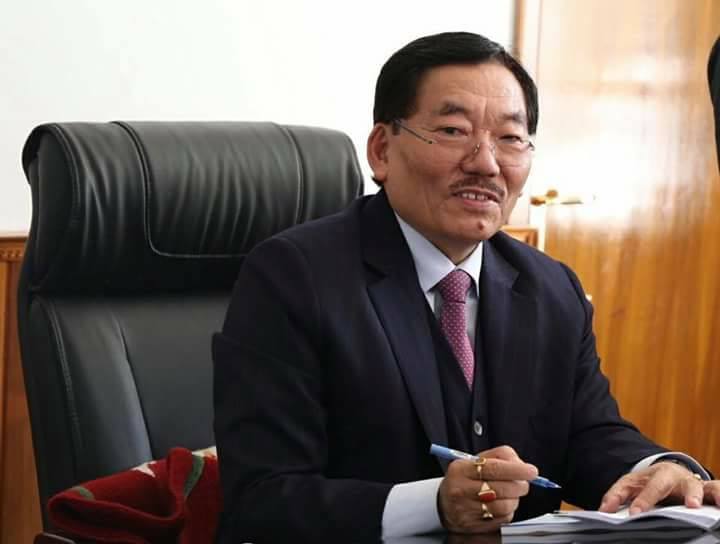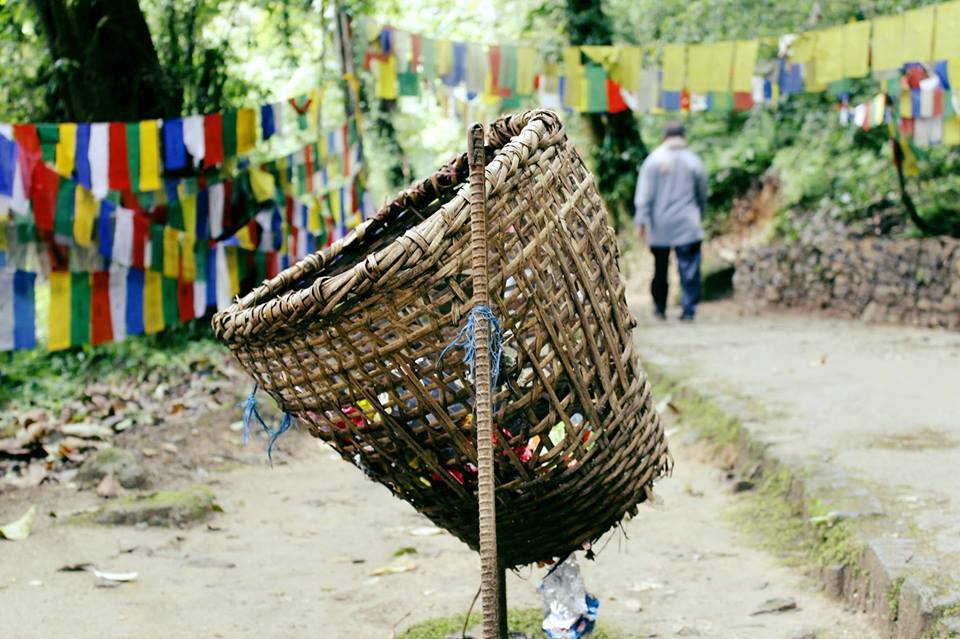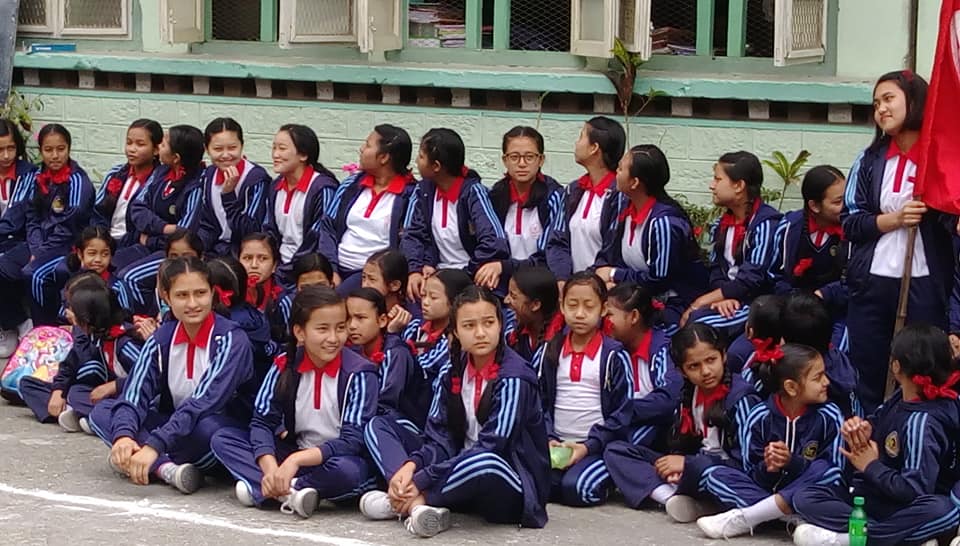4 Things Other State Governments Can Emulate From India’s Longest Serving Chief Minister
On April 29, Pawan Kumar Chamling of Sikkim became the longest-serving chief minister of India, surpassing Jyoti Basu of West Bengal.

On May 16, 1975, Sikkim became India’s 22nd state, and over the last four decades, the erstwhile Himalayan kingdom has emerged as a model state, although the achievements of the state government have largely gone under the radar.
With a population of over just 6 lakh, the state has an impressive record in literacy, poverty alleviation, organic farming, women empowerment and sanitation, among other sectors.
In its 43 years of existence as a state of the Indian Union, nearly 23 years and 5 months have come under the chief ministership of Pawan Kumar Chamling. On April 29, Chamling became the longest-serving chief minister of India, surpassing Jyoti Basu of West Bengal.

Winning five consecutive terms as chief minister is an indicator of the good work his administration has done for the state, and here are four achievements that other state administrations can look to emulate:
1) Cleanliness
Long before Prime Minister Narendra Modi embarked on the Swachh Bharat campaign, Sikkim became India’s first open-defecation state in 2008.
According to a 2016 NSSO survey, 98.2% households in Sikkim were equipped with clean toilets, while all its citizens use the community or household toilet.
The Chamling government embarked on its total sanitation drive in 2003, conducting extensive on-ground campaigns to sensitise its citizens about improving sanitation and hygiene standards and the potential health benefits that follow such practices.
Next on the list was the construction of latrines in households, public areas and schools, developing more efficient drainage system in major cities and installing public filters for drinking water.
Also Read: The Inspiring Story of How Sikkim Became India’s Cleanest State
The administration also made it compulsory to have a sanitary toilet at home to be qualified for any benefits from the government or to contest in village-level polls.
Another significant facet of the Sikkim model of cleanliness is the strict enforcement of civic rules. Smoking in public spaces results in a fine of Rs 200 while urinating results in a fine of Rs 500.

“Sikkim, which in 1998 became the first Indian state to ban disposable plastic bags, is also among the first to target single-use plastic bottles. In 2016, Sikkim took two major decisions. It banned the use of packaged drinking water in government offices and government events. Second, it banned the use of styrofoam and thermocol disposable plates and cutlery in the entire state in a move to cut down toxic plastic pollution and tackle its ever-increasing garbage problem,” says this UN report.
However, concerns remain about the state’s battle with plastic.
“Instead of plastic bags, people are opting for non-woven polypropylene bags which have a texture of cloth but are, in fact, plastic and people use them thinking that they are eco-friendly. So, the government needs to strengthen implementation more seriously and promote alternative options,” said Rajendra P Gurung, CEO, Ecotourism and Conservation Society of Sikkim (ECOSS), a local NGO. “Also, multi-layered plastics like tetra paks, chips packets are a problem. People eat lot of instant noodles here, so that is also adding to non-biodegradable waste,” he added.
Having said that, the state is ahead of the national curve when it comes to getting rid of the scourge of plastic.
2) Organic farming
Nearly 15 years ago, the state government decided to shun chemical pesticides and fertilisers and return to natural methods of farming. Today, Sikkim has the distinction of becoming the first state in India to go 100% organic in the agriculture sector.
Although it had the advantage of never being a state which extensively used chemical fertilisers and pesticides, the turnaround nonetheless has been remarkable. From cutting subsidies on chemical inputs by 10% every year, it eventually banned its use altogether.
Under its ‘Sikkim Organic Mission,’ the government first began by spreading awareness about the benefits of organic farming, after which it offered farmers seeds and manure for the same. It also trained its farmers to adopt organic methods, and slowly but surely, they have embraced the change.
“We started building the entire infrastructure that was needed for this massive change. Biofertilizer production units, seed processing units, automated greenhouses, soil testing labs, mobile soil testing labs, cold storage units and food processing units—all that was needed to complete the organic cycle started springing up in Sikkim,” said one government official to The Better India.

In 2016-17, a ‘fully organic’ Sikkim produced 80,000 MT (metric tonnes) of chemical-free vegetables.
By January 2016, the state achieved its goal of going 100% organic, although challenges remain in sourcing organic manure, battling pesticides and depending on neighbouring West Bengal to feed its resident population and tourists.
3) Greater representation of women in public life
Unlike many other states, Sikkim leads the charge on the greater representation of women in politics. The Chamling administration instituted 50% reservation for women in urban and local bodies. What’s even more impressive is the institution of 30% reservation for women in government jobs. In Sikkim, women enjoy full inheritance rights to parental properties.
In 2008, the state assembly passed the Sikkim Succession Bill 2008, which gives the girl child full right to inherit movable and immovable properties of her parents at par with male members. Also, the consent of the wife is mandatory in buying or selling of land in Sikkim.

Just years after the Chamling government took office in 1997, it began the Small Family Scheme initiative, which encourages girls to marry late by offering monetary incentives. Grants are provided to 13-years girls to join school and understand the advantages of marrying at a proper age, thus allowing for greater implementation of basic family planning objectives.
4) Poverty reduction
“By ear-marking 70% of the State budget for rural development from the very first day of our Government, we set our target of alleviating poverty from rural areas, where more than 75% of our population resides. We set forth the process of devolution and decentralisation of power to the grassroots level. With fully functional Gram Prashashan Kendras and 31 Block Administrative Centres, the administration has now reached the doorstep of the rural people,” wrote Chief Minister Pawan Kumar Chamling in a Facebook post celebrating his tenure.
Also Read: Commercial Flights Can Now Land in Sikkim’s Pakyong Airport
The results of this policy initiatives were remarkable. As per data published by the erstwhile Planning Commission, there was a 70% fall in the number of poor people between 2001 and 2012. The state today has one of the lowest poverty levels in the country—population below the poverty line (BPL) fell from 30.9 % in 2004-05 to 8.19% in 2011-12—a stunning 22% decline. In the same time period, approximately 23,000 households transitioned away from BPL.
(Edited by Gayatri Mishra)
Like this story? Or have something to share? Write to us: [email protected], or connect with us on Facebook and Twitter.
NEW: Click here to get positive news on WhatsApp!
If you found our stories insightful, informative, or even just enjoyable, we invite you to consider making a voluntary payment to support the work we do at The Better India. Your contribution helps us continue producing quality content that educates, inspires, and drives positive change.
Choose one of the payment options below for your contribution-
By paying for the stories you value, you directly contribute to sustaining our efforts focused on making a difference in the world. Together, let’s ensure that impactful stories continue to be told and shared, enriching lives and communities alike.
Thank you for your support. Here are some frequently asked questions you might find helpful to know why you are contributing?


This story made me
-
97
-
121
-
89
-
167













